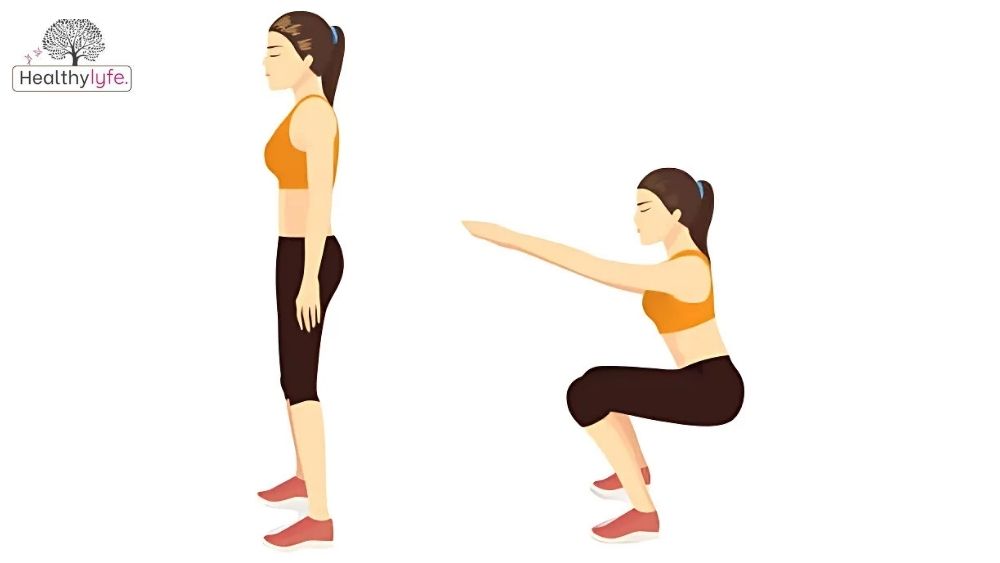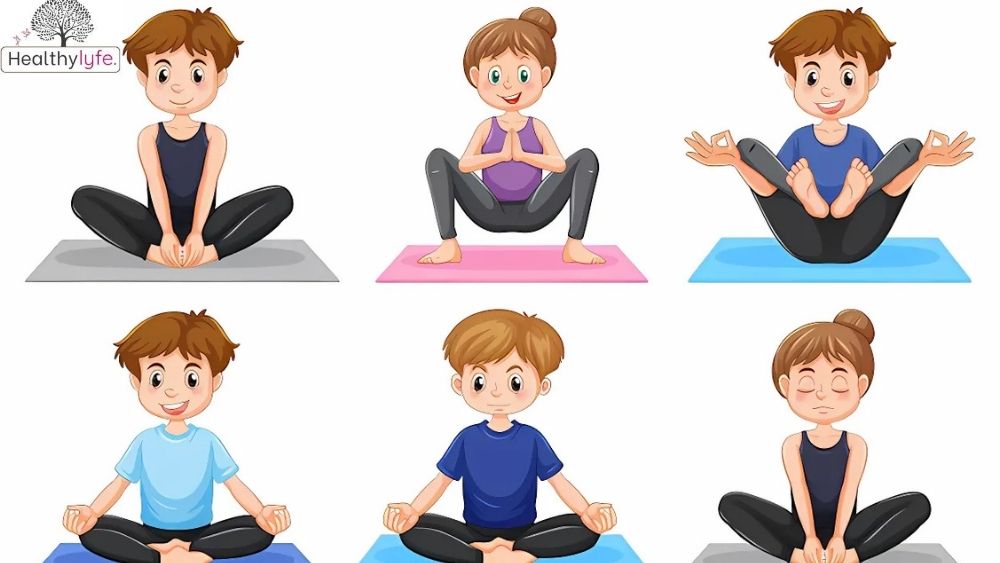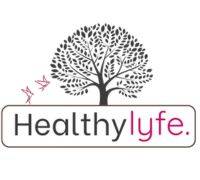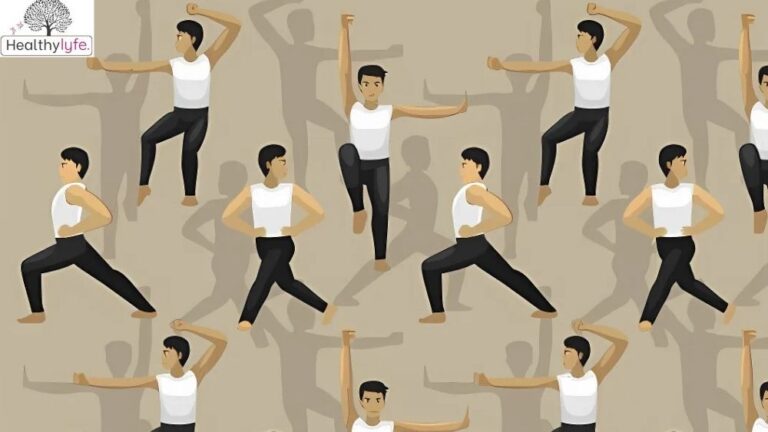The benefits of squats for lower body strength, including improved muscle tone, flexibility, balance, and overall fitness.
Introduction
Squats are one of the best exercises for building lower body strength and improving overall fitness. Whether you’re a beginner or a seasoned athlete, adding squats to your routine can help you build muscle, boost flexibility, and improve balance. Plus, squats are great for everyday activities, like walking, lifting, or climbing stairs. In this guide, we’ll explore the amazing benefits of squats and why they should be a key part of your workout plan.
What is Squats?
Squats are a popular exercise that strengthens your lower body. They work muscles like your thighs, glutes, and calves. Squats are a natural movement, like sitting down and standing up, making them super useful for everyday life. You can do squats with just your body weight or add equipment like dumbbells or barbells to make them harder. They’re great for beginners and advanced fitness fans, helping improve strength, balance, and flexibility.

How to Do a Squat
- Start with your stance:
- Stand with your feet shoulder-width apart.
- Keep your toes pointing slightly outward.
- Engage your core:
- Tighten your stomach muscles to keep your back straight.
- Lower your body:
- Push your hips back as if you’re sitting in a chair.
- Bend your knees and lower yourself until your thighs are parallel to the ground (or as low as you can comfortably go).
- Keep your chest up and your back straight.
- Check your knees:
- Make sure your knees stay in line with your toes and don’t cave inward.
- Stand back up:
- Press through your heels and straighten your legs to return to the starting position.
- Squeeze your glutes at the top.
Benefits of Squats [1]
Squats are one of the most effective exercises for building strength, improving fitness, and enhancing everyday movement. Whether you’re aiming to build muscle, improve balance, or boost your metabolism, squats can deliver amazing results. They target multiple muscle groups at once, making them a time-efficient and versatile exercise that works for everyone.
- Builds Lower Body Strength:
Squats target your thighs, glutes, and calves, helping you develop strong, toned legs. This strength supports daily activities like walking, climbing stairs, and lifting. - Improves Core Strength:
Squats engage your core muscles, including your abs and lower back, which improves your posture and stability. - Boosts Flexibility and Mobility:
Regular squats help keep your hips, knees, and ankles flexible, reducing the risk of stiffness or injury. - Burns Calories:
Squats are a compound movement, meaning they engage multiple muscles at once, which helps burn calories and boost metabolism. - Enhances Balance and Stability:
Squats improve coordination and balance, helping you stay steady on your feet as you age. - Supports Bone Health:
Weight-bearing exercises like squats strengthen your bones, reducing the risk of osteoporosis. - Functional Fitness:
Squats mimic natural movements, making everyday tasks like lifting, bending, and standing easier and more efficient. - Customisable for All Fitness Levels:
Squats can be modified to suit beginners or advanced athletes, making them accessible for everyone.
Diet Chart for Squats
basic diet chart tailored for those doing squats and aiming to build strength, improve performance, and aid recovery. Adjust portions and specifics based on your fitness goals weight gain, maintenance, or fat loss:
| Time | Meal | Options |
|---|---|---|
| Morning (Pre-Workout) | Breakfast | – Oatmeal with banana slices and a teaspoon of peanut butter. |
| – Whole-grain toast with scrambled eggs and avocado. | ||
| Hydration | – A glass of water or green tea. | |
| Post-Workout (Within 30–60 mins) | Meal | – Grilled chicken breast, sweet potato, and steamed broccoli. |
| – Protein shake with a banana and a handful of almonds. | ||
| Hydration | – Water to rehydrate. | |
| Lunch | Main Meal | – Quinoa or brown rice with grilled salmon, mixed greens, and olive oil dressing. |
| – Whole-grain wrap with turkey, spinach, hummus, and a side of carrots. | ||
| Hydration | – Water or herbal tea. | |
| Afternoon Snack | Snack | – Greek yogurt with berries and a drizzle of honey. |
| – Handful of mixed nuts or seeds with an apple. | ||
| Dinner | Main Meal | – Lean protein (chicken, fish, tofu) with roasted vegetables and mashed sweet potato. |
| – Lentil soup with a side of whole-grain bread and sautéed greens. | ||
| Evening Snack (Optional) | Snack | – Cottage cheese with a sprinkle of chia seeds. |
| – A boiled egg or a small handful of nuts. |
Tips for Success

Squats are an excellent way to build lower body strength, but like any exercise, doing them with the right technique and consistency is key to seeing results. Whether you’re just starting or looking to take your squat game to the next level, following a few simple tips can make all the difference. These tips will help you maximise the benefits of squats while preventing injury and ensuring proper form.
Tips for Squat Success:
- Focus on Form:
Good form is essential to avoid injury and get the most out of squats. Keep your chest up, back straight, and knees aligned with your toes. Don’t let your knees go beyond your toes as you squat down. - Start with Bodyweight Squats:
If you’re new to squats, start with bodyweight squats to master the technique. Once you’re comfortable, gradually add weight to increase intensity. - Warm-Up Before Squatting:
Always warm up with dynamic stretches or light cardio to get your muscles ready for the workout. This helps prevent strains or injury. - Use Your Heels:
When pushing up from the squat, press through your heels instead of your toes. This helps activate your glutes and hamstrings, which are key muscles for building strength. - Don’t Rush:
Take your time with each rep. Slow and controlled movements are more effective than rushing through the exercise. Focus on the muscle engagement rather than the speed. - Add Variation:
To prevent plateaus, change up your squat routine every few weeks. Try different squat variations, such as goblet squats, sumo squats, or jump squats. - Increase Intensity Gradually:
As you get stronger, progressively add weight or increase the number of reps and sets. This will challenge your muscles and promote growth. - Rest and Recover:
Your muscles need time to repair and grow stronger. Make sure to get adequate rest between workouts and prioritise recovery with proper nutrition and sleep.
Conclusion
Squats are a powerhouse exercise for building strength, improving flexibility, and boosting overall fitness. Whether you’re looking to tone your legs, improve posture, or enhance athletic performance, squats offer a wide range of benefits that can transform your body. By focusing on proper form, starting with bodyweight exercises, and progressively adding intensity, you can see lasting results. Remember to incorporate squats into your regular fitness routine, stay consistent, and listen to your body to avoid injury. With dedication, squats can help you reach your fitness goals and improve your quality of life.
FAQs about Squats
What muscles do squats work?
Squats primarily target the quads, glutes, hamstrings, and calves. They also engage the core and lower back for stability.
How many squats should I do a day?
It depends on your fitness goals. For general fitness, start with 3 sets of 12–15 reps. As you progress, you can increase the number of reps or add weight.
Are squats good for weight loss?
Yes! Squats burn calories, increase muscle mass, and boost metabolism, all of which support fat loss.
Are squats safe for beginners?
Yes, as long as you focus on proper form. Start with bodyweight squats and gradually increase difficulty.
Can squats help improve flexibility?
Yes, squats improve hip, knee, and ankle flexibility by increasing the range of motion.
Do I need to use weights for squats?
No, you can start with bodyweight squats and add weights as you get stronger.
How deep should I squat?
Aim to lower your body until your thighs are parallel to the ground, or as deep as your flexibility allows.
Can squats help with knee pain?
Squats can strengthen the muscles around the knee, helping to reduce pain. However, it’s important to use proper form and avoid overloading the joints.
How can I improve my squat form?
Focus on keeping your chest up, knees aligned with your toes, and your back straight. Practice in front of a mirror or with a trainer for feedback.
Can squats make my butt bigger?
Yes, squats target the glutes and can help build and shape your buttocks over time.
Should I squat every day?
For most people, squatting every other day or 2–3 times a week is ideal to allow muscles to recover and grow.
Are squats bad for your back?
When done with proper form, squats are safe for your back. If you have existing back issues, consult a doctor before starting.
Can squats help with posture?
Yes, squats strengthen the core and lower back muscles, which can improve posture over time.
What’s the best squat variation?
It depends on your goals. For beginners, bodyweight squats are a great start. As you progress, you can try goblet squats, sumo squats, or jump squats for variety.
Do squats help with athletic performance?
Yes, squats improve lower body strength, power, and endurance, which enhance athletic performance in sports like running, jumping, and cycling.
Can squats be done at home?
Absolutely! Bodyweight squats can easily be done at home with no equipment needed.
Are squats effective for men and women?
Yes, squats are equally effective for both men and women, targeting the same muscle groups.
How long does it take to see results from squats?
With consistent effort, you can see noticeable improvements in strength and muscle tone within 4–6 weeks.
Can squats help with balance?
Yes, squats improve balance by strengthening the muscles responsible for stability in the legs and core.
By healthylyfe


